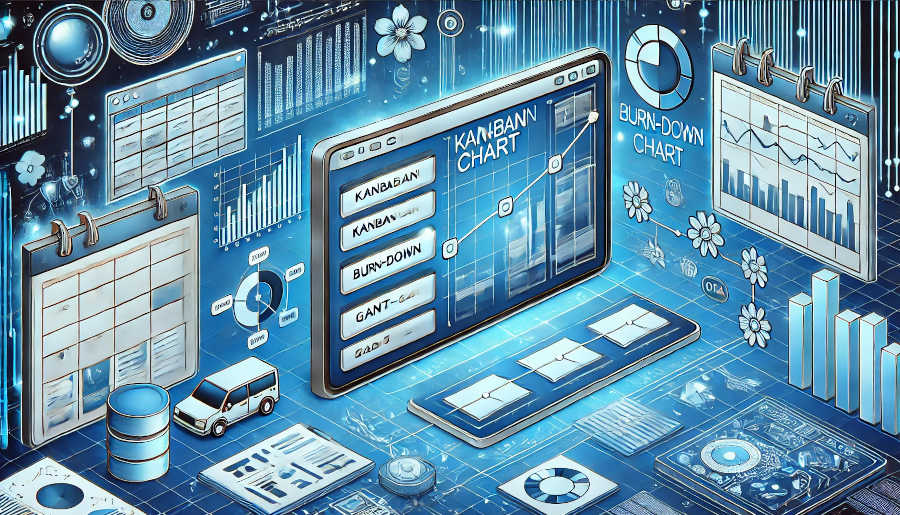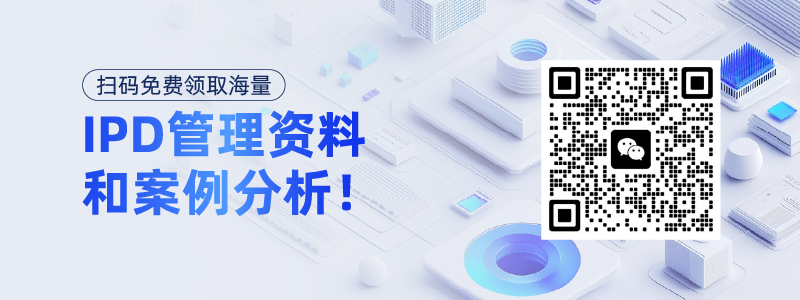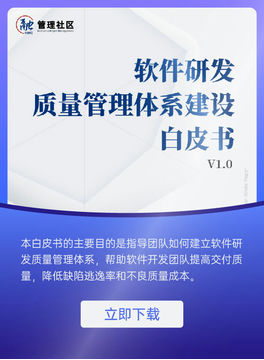Agile sprints have become a cornerstone in modern software development and project management. The iterative and incremental nature of agile allows teams to deliver value quickly and adapt to changing requirements. Central to the success of these sprints is the integration of customer feedback. Customer feedback serves as a compass, guiding development efforts towards creating products that truly meet customer needs. By incorporating feedback during sprints, teams can avoid building features that may not resonate with the end-users, thus saving time, resources, and ensuring customer satisfaction.
In the context of agile, customer feedback integration is not a one-time event but an ongoing process. It is about creating a continuous loop where customer insights are gathered, analyzed, and translated into actionable items within the sprint cycle. This process helps in building a deep understanding of the customer's pain points, desires, and expectations. Moreover, it fosters a collaborative environment between the development team and the customers, breaking down silos and promoting a shared vision for the product.
However, integrating customer feedback in agile sprints is not without its challenges. The fast-paced nature of sprints, the need to balance multiple priorities, and the complexity of accurately interpreting feedback can pose significant hurdles. This article will explore various methods to effectively integrate customer feedback in agile sprints, overcoming these challenges and leveraging feedback to drive product excellence.
Direct Customer Engagement
One of the most effective ways to integrate customer feedback in agile sprints is through direct customer engagement. This involves bringing the customer directly into the development process. By having face-to-face interactions, developers can gain a deeper understanding of the customer's needs and pain points. For example, conducting in-person meetings or workshops where customers can share their experiences, expectations, and ideas about the product. These sessions can be highly productive as they allow for immediate clarification of any ambiguous requirements.
During these interactions, developers can ask open-ended questions to encourage customers to share detailed insights. This helps in uncovering hidden needs that may not be apparent from written requirements alone. Additionally, visual aids such as prototypes or mock-ups can be used to stimulate discussion. Customers can provide feedback on the usability, functionality, and overall design of the product, enabling the development team to make informed decisions during the sprint.
Direct customer engagement also builds trust and transparency between the team and the customer. When customers are actively involved in the development process, they feel a sense of ownership and are more likely to be satisfied with the final product. This method, however, requires careful planning and management to ensure that the time spent on customer interactions is productive and does not disrupt the sprint schedule.
User Story Mapping
User story mapping is a powerful technique for integrating customer feedback in agile sprints. It involves creating a visual representation of the user's journey through the product. By mapping out the user stories, which are short descriptions of the user's needs from the customer's perspective, the development team can gain a holistic view of the product. This helps in prioritizing features and understanding how different parts of the product fit together.
Customer feedback can be incorporated into user story mapping by involving customers in the process. Customers can help in identifying the key user stories, adding details, or even suggesting new stories. For instance, a customer may point out a particular task that they frequently perform and suggest that it be included as a user story. This ensures that the product roadmap is aligned with the customer's actual usage patterns.
Moreover, user story mapping allows for easy identification of gaps in the product. If a customer mentions a need that is not currently represented in the user stories, it can be added, and the team can plan to address it in future sprints. This iterative approach to incorporating feedback helps in continuously improving the product and ensuring that it remains relevant to the customer's needs.
Feedback Surveys
Feedback surveys are a widely used method for gathering customer feedback in agile sprints. They provide a structured way to collect opinions from a large number of customers. Surveys can be designed to cover various aspects of the product, such as functionality, usability, and overall satisfaction. By using a combination of open-ended and closed-ended questions, the development team can obtain both quantitative and qualitative data.
Closed-ended questions, such as rating scales, can quickly provide numerical data that can be analyzed to identify trends. For example, asking customers to rate the ease of use of a particular feature on a scale of 1 to 5 can give an indication of how well the feature is performing. Open-ended questions, on the other hand, allow customers to provide detailed comments and suggestions. These responses can offer valuable insights that may not be captured by the closed-ended questions.

To ensure the effectiveness of feedback surveys, they should be carefully designed. The questions should be clear, concise, and relevant to the product. Additionally, the timing of the surveys is crucial. Conducting surveys at the end of a sprint or after the release of a new feature can provide timely feedback that can be used to inform the next sprint. However, it is important to keep the surveys short and not overburden the customers, as this may lead to low response rates.
Analytics and Metrics
Analytics and metrics play a vital role in integrating customer feedback in agile sprints. By analyzing data related to customer behavior, such as usage patterns, error rates, and time spent on different features, the development team can gain valuable insights. For example, if analytics show that a particular feature is rarely used, it may indicate that the feature does not meet the customer's needs or is not intuitive enough.
Metrics can also be used to measure the impact of changes made based on customer feedback. For instance, if a change is made to improve the usability of a feature, metrics such as the number of support requests related to that feature or the user satisfaction rating can be tracked to determine if the change was effective. This data-driven approach helps in making informed decisions and continuously improving the product.
In addition to usage data, sentiment analysis of customer reviews and feedback can provide insights into the customer's overall perception of the product. By analyzing the language used in customer comments, the team can determine whether the sentiment is positive, negative, or neutral. This information can be used to prioritize areas for improvement and focus on the aspects of the product that are most important to the customers.
Backlog Grooming
Backlog grooming is an essential part of the agile process, and it provides an opportunity to integrate customer feedback. The product backlog is a prioritized list of features, enhancements, and bug fixes that the development team plans to work on. Customer feedback can be used to update and prioritize the backlog. For example, if multiple customers have requested a particular feature, it can be added to the backlog and given a high priority.
During backlog grooming sessions, the development team, product owner, and stakeholders can review the customer feedback and discuss how it should be incorporated into the backlog. This collaborative approach ensures that all perspectives are considered. The product owner plays a crucial role in translating the customer feedback into actionable items and prioritizing them based on the business value and the impact on the customer.
Backlog grooming also helps in ensuring that the development team is working on the most important features. By regularly updating the backlog with customer feedback, the team can focus on delivering value to the customers. This process, however, requires effective communication and a clear understanding of the customer's needs to ensure that the backlog remains relevant and prioritized.
Conclusion
Integrating customer feedback in agile sprints is a multifaceted process that requires a combination of different methods. Direct customer engagement, user story mapping, feedback surveys, analytics and metrics, and backlog grooming all play important roles in ensuring that the product meets the customer's needs. By using these methods effectively, development teams can create a continuous feedback loop that drives product improvement and customer satisfaction.
Each method has its own strengths and limitations, and a balanced approach is often necessary. For example, direct customer engagement provides in-depth insights but may be time-consuming, while feedback surveys can reach a large number of customers but may not provide the same level of detail. By combining these methods, teams can overcome the limitations and gain a comprehensive understanding of the customer's perspective.
Moreover, successful integration of customer feedback in agile sprints requires a cultural shift within the organization. It requires a commitment to collaboration, open communication, and a customer-centric mindset. All team members, from developers to product owners, need to be actively involved in the feedback process and be willing to adapt based on the insights gained.
In conclusion, by effectively integrating customer feedback in agile sprints, organizations can build products that not only meet but exceed customer expectations. This leads to increased customer loyalty, improved market competitiveness, and ultimately, business success. As the business landscape continues to evolve, the ability to incorporate customer feedback in an agile manner will remain a critical factor in the success of product development initiatives.
ARTICLE TITLE :Customer feedback integration methods in agile sprints ,AUTHOR :ITpmlib

















